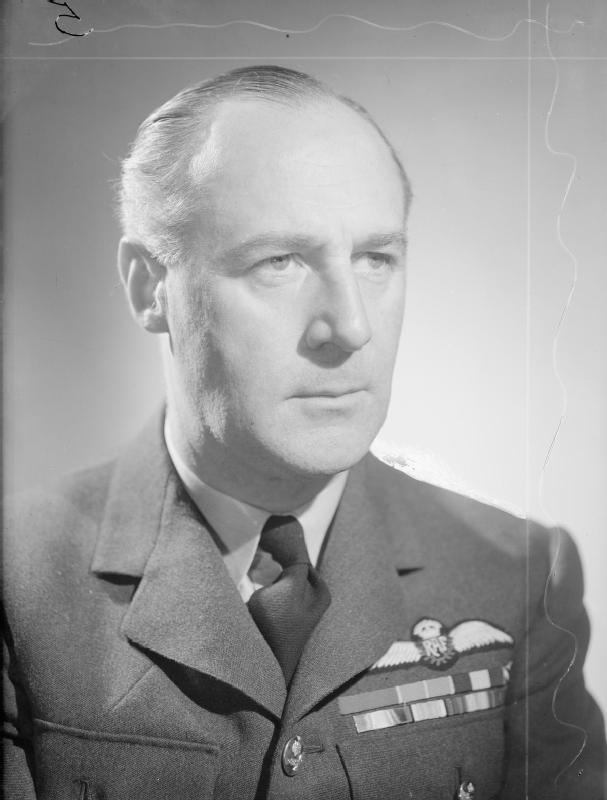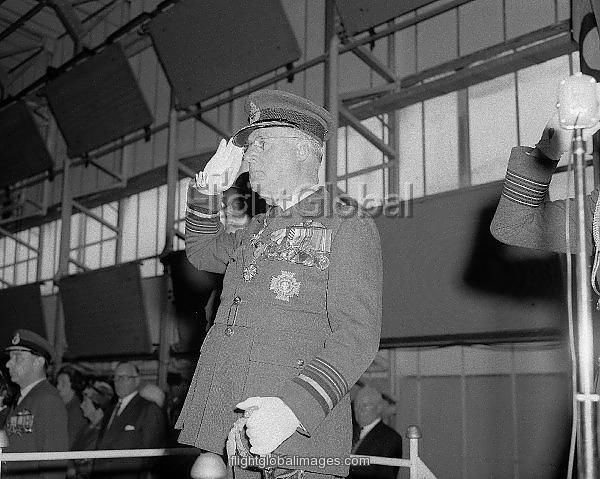Allegiance United Kingdom Rank Air marshal Died November 17, 1974 | Name Ralph Sorley Years of service 1914 - 1948 | |
 | ||
Commands held No. 8 SquadronRAF UpwoodNo 4 Armament Training StationAeroplane and Armament Experimental EstablishmentTechnical Training Command Battles/wars World War IWorld War II Awards Order of the Bath, Order of the British Empire, Distinguished Service Cross, Distinguished Flying Cross | ||
Battles and wars World War I, World War II | ||
Air Marshal Sir Ralph Squire Sorley, KCB, OBE, DSC, DFC, FRAeS, FRSA (9 January 1898 – 17 November 1974) was a World War I pilot with the Royal Naval Air Service and the Royal Air Force, who was also a senior commander during World War II. After the War he held several senior RAF appointments until his retirement in 1948 in the rank of Air Marshal. and in 1947 was made a Commander of the Legion of Merit of the United States of America.
Contents

He was instrumental in the specification of the armament of both the Supermarine Spitfire and the Hawker Hurricane, he founded the Empire Test Pilots' School, foresaw the need for air-to-air missiles in the post-World War II world and, having left the RAF to join De Havilland, provided the RAF with such a weapon system.

Career
Sorley joined the Royal Naval Air Service in 1914. He served with distinction as a pilot in World War I, earning his DSC "for the determined and successful bombing attacks on the "Breslau" and "Goeben" on 20 January 1918, and subsequent days, both by day and by night." In the immediate post-war years he served in Iraq and Palestine before returning in 1924 to join the staff of the Marine Aircraft Experimental Establishment in Felixstowe.
He was appointed Officer Commanding No. 8 Squadron in 1931 and Squadron Leader at the Operational Requirements section at the Air Ministry in 1933. It was during his time as Squadron Leader in charge at the Operational Requirements section that the Operational Requirement F.36/34, which governed the procurement of both the Supermarine Spitfire and the Hawker Hurricane, was amended on his recommendation to change the armament from two .303 in (7.7 mm) Vickers machine guns in each wing to four .303 in (7.7 mm) Brownings. He went on to be Officer Commanding, No 4 Armament Training Station at RAF West Freugh in 1937.
In 1939 he was made Station Commander at RAF Upwood and in 1940 he became Commandant of the Aeroplane and Armament Experimental Establishment (A&AEE), MOD Boscombe Down, after which he became Assistant Chief of the Air Staff. In his role as Controller of Research & Development, Ministry of Aircraft Production in 1943 he created the Test Pilots' Training Flight, which was soon renamed the Test Pilots' School, the world's first such training establishment. It became the Empire Test Pilots' School the following year. He was knighted in the King's Birthday Honours List in June 1944. After the War he was appointed Air Officer Commanding-in-Chief at Technical Training Command.
Upon his retirement from the RAF in 1948, Sorley joined the Board of De Havilland Propellers Ltd as its Managing Director, a post he held for twelve years. He recognised the need to diversify from manufacturing propellers due to the advent of the jet engine and was instrumental in the development of the de Havilland Firestreak airborne infrared missile, which became the RAF's main air defence weapon at the time.
